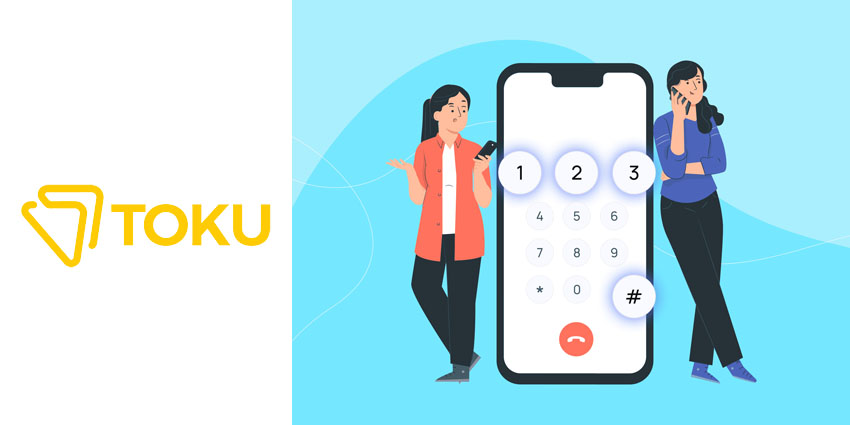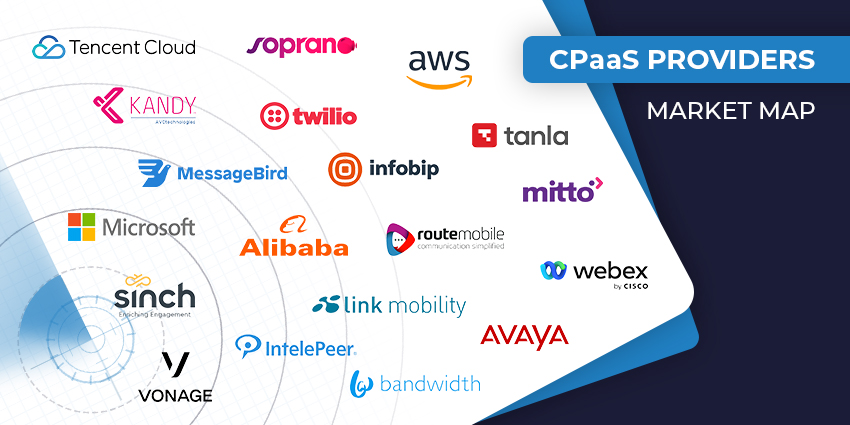Even though we live in a world largely ruled by omnichannel interactions, voice calling still has its unique benefits, and therefore persists as a key means for brands to communicate with customers. But not only is voice not going anywhere – it’s actually becoming even more dominant with new communication APIs allowing brands to embed voice communications within their mobile apps.
“This effectively means that instead of a customer making/receiving a phone call using the telco network, they can make/receive calls within the app itself, which can significantly benefit both the customer and the brand,” explains Thomas Laboulle, CEO and Co-Founder at Toku.
So, what are the benefits of adding an embedded voice channel to your brand’s app?
1.Improved Customer-Brand Trust
Unlike a traditional incoming call, when a call is received from within a brand’s official app, there is no doubt on the customer’s side that it is indeed the brand calling. This automatically increases trust between the brand and the customer, resulting in a few added benefits.
“First of all, the customer can rest assured the call is authentic. This saves the dilemma of picking up or not, and increases the pickup rate significantly, which is naturally also an advantage for the organization,” Laboulle says.
But this doesn’t only improve the customer’s trust in the brand, but also the other way around.
“Think of bank representative reaching out to a customer, for example,” Laboulle demonstrates.
“They have to ask multiple identifying questions to confirm that the person on the other side is indeed who they’re claiming to be. So, having that built-in confirmation regarding the identity of the recipient is also a big help for them”
2.Affordable, Quality Voice Communication – Anywhere
In-app voice communication also provides the brand with better control, both over quality and rates.
“Since it is a data connectivity, the organization gets added control over the quality of the communication, which also provides more consistency in terms of costs,” Laboulle notes.
“Instead of brands having to keep up with market rates of telcos in different countries, with in-app calls, the operational costs are much more affordable and consistent regardless of geographic location.”
This, in turn, benefits the customers, too.
“If voice channels become more affordable for brands, customers anywhere can benefit from quality, reliable voice communication with them.”
3.Increased Efficiency and Personalized Customer Interactions
Finally, another huge benefit of an in-app voice channel is the ability to collect real-time information about the customer from the app itself, making the service much more efficient and personalized.
“In an in-app call, the agent can directly see things like the customer’s history, activity, location, etc. As a brand, this allows you to provide a more personalized and complete customer experience,” Laboulle explains.
Embedded, in-app voice interactions also increase the number of actions an agent can conduct directly through the app: provide a voucher, solve an issue or input information; opening a wide range of new possibilities.
That real-time data collection also contributes to the brand’s efficiency,” Laboulle says.
“For example, if you can see directly through the app that they’re using an outdated version of it, and that an update would solve whatever issue they’re facing, you’re simply much quicker.”
Toku: Offering the Best of Both Worlds
When it comes to embedding voice within a mobile app, the advantage of working with a provider like Toku is having the ability to switch between the legacy telephony system and the embedded, in-app service seamlessly and effortlessly.
“Whenever an agent is making a call to a customer, Toku automatically checks whether that customer has an app installed and working,” Laboulle explains.
“If that’s the case, and the connectivity permits, the call is routed into the application. If that’s not the case, or if during the call the connectivity drops, it switches back to the telco connectivity.”
Contact Toku for more information on Toku’s voice SDK.







